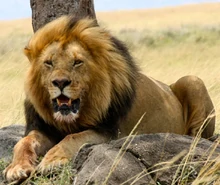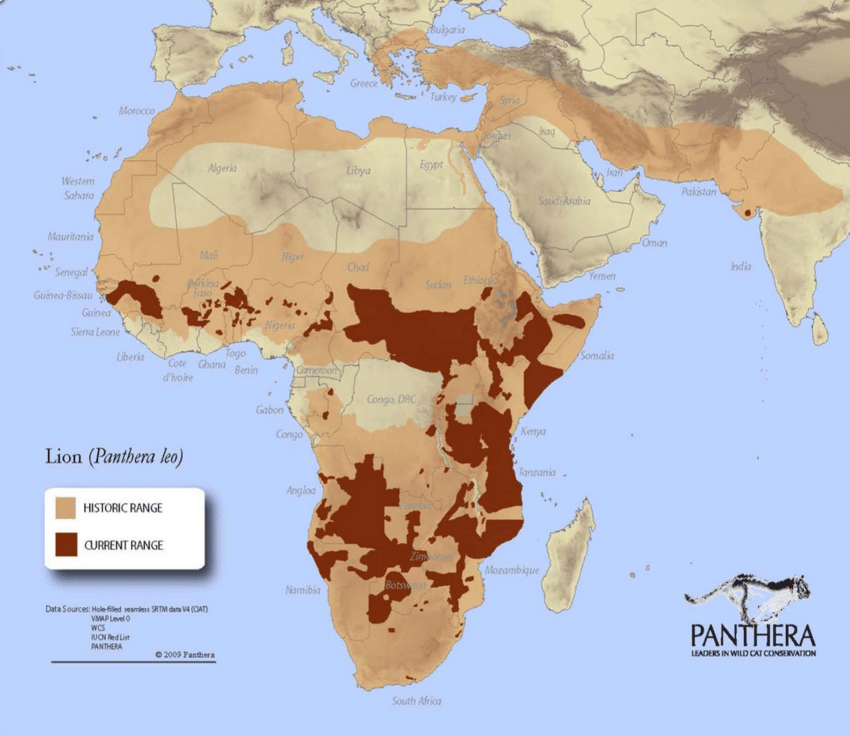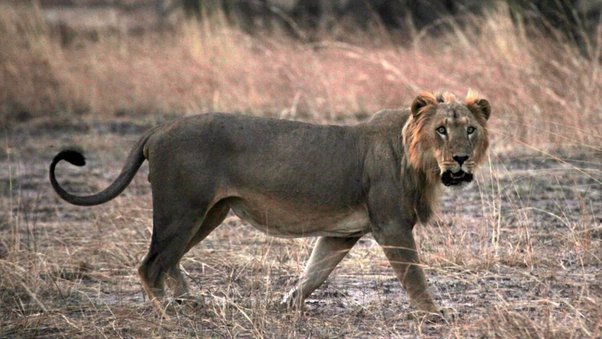Yesterday, I wrote about the last lions of Nigeria. In Nigeria, there are just 2 populations of lions totalling 35-40. While this is good for the places that the lion has survived, this is highly unlikely to be able to survive long-term. With human assistance, and translocating lions regularly these populations might eventually recover.

There is one place where west African lions might stand a chance without human help and this is W-Arly-Pendjari (WAP) protected area complex that straddles Benin, Burkina Faso, and Niger and which holds 90% of West Africa’s lions. This is because all other populations are like that in Nigeria – to small to be capable of surviving longterm without human help. While the WAP complex can be lost amongst the brown on this map – if you look at the intersection of Benin Burkina Faso and Niger, you cannot miss it.

Importantly, this population is still 37% of the size of the Indian lion population. In other words, this is the last stronghold of the West African lion; the West (and central) African lion is one of the remaining relict populations of the Asiatic lion – the other one being the Indian lions of the Gir national park.
Should the Asiatic lion be renamed? It is usually referred to as the Indian lion, but with more than 1 in 4 remaining wild Asiatic lions living in Africa, this does not seem right. What is more, while over the last few decades West African lions have not done wonderfully, there is far more available habitat in West and Central Africa than there is in India, or indeed in Asia.
Perhaps more importantly, the Barbary lion, long thought extinct, appears to be the same species as the Asiatic lion and the West African lion. In other words, the Barbary lion was the genetic bridge between west Africa, and India. before its extinction, these two populations would have been permanently linked. What does this mean? Well, it is vastly simpler to move lions from one wild place to another than to train and release captive lions. If we can fortify the remaining West African lion populations, perhaps we can also allow some of these animals to be moved to other parts of the Lion range – thereby ensuring their long-term survival.












